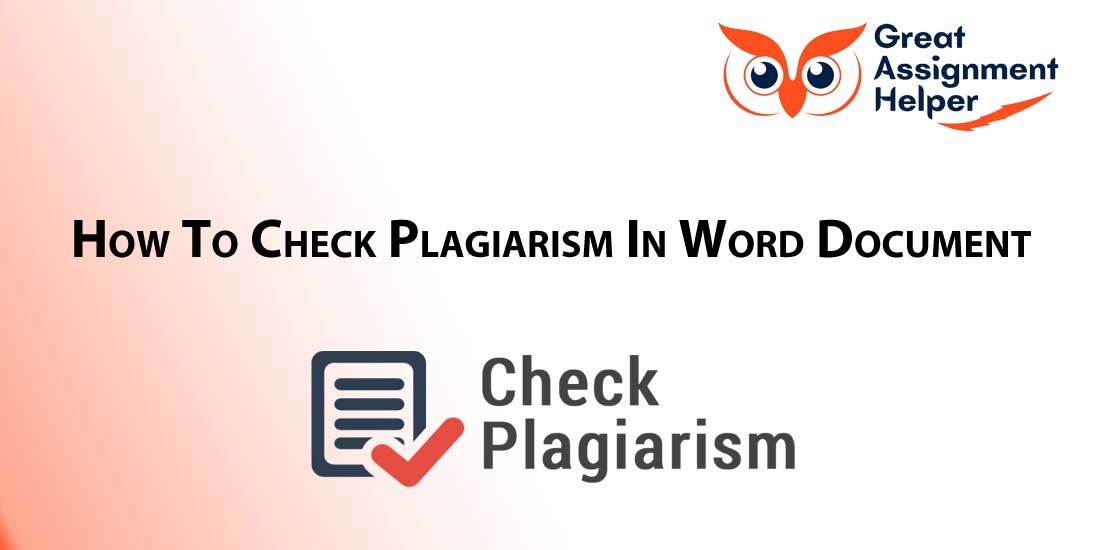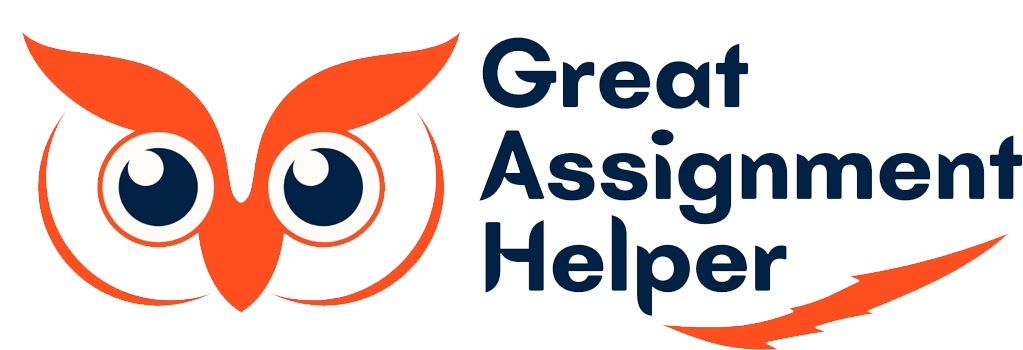
Listen To This Blog
Introduction
Have you ever submitted an assignment only to be accused of plagiarism? Indeed, it can be both a frustrating and embarrassing experience. That's why it's crucial to check your work for plagiarism before submission.
Plagiarism, in essence, involves presenting another person's work as if it were your own. It can take many forms, from copy-pasting to rewording someone else's work without proper citation.
There are different types of plagiarism, including direct plagiarism, self-plagiarism, and mosaic plagiarism. Understanding each type of plagiarism is necessary to check for and avoid it in your work.
Checking for plagiarism can save you from academic and legal consequences. Imagine losing marks or facing academic disciplinary action for unintentional plagiarism. So, why not take the extra step and ensure that your work is original and plagiarism-free?
It may take extra time and effort, but in the end, it's worth it. In the following sections, we will explore how to check for plagiarism manually and using plagiarism checking tools. Stick around to gain some insights and learn how to interpret plagiarism reports effectively.
Manual Checking for Plagiarism:
When it comes to manual checking for plagiarism, the two most common techniques are the copy-pasting method and checking against online sources.
Copy-pasting method involves selecting portions of your document and searching for them on search engines. While it may be tedious and time-consuming, it is one of the most reliable ways to check for plagiarism manually. Be sure to check individual sentences rather than entire paragraphs to be more accurate.
To check against online sources, you begin by searching for the document on search engines, and subsequently, you compare the results.This method may not always be accurate, but it is worth checking to ensure that there are no matches.
While manual checking for plagiarism may seem effective, it can be time-consuming, and you might miss some instances of plagiarism. Therefore, it is advisable to use plagiarism checking tools that automate the process and provide a detailed report.
Stay tuned to know more about popular plagiarism checking tools.
Using Plagiarism Checking Tools
Plagiarism checking tools are essential for academic integrity. They compare submitted content with a database of sources to identify instances of plagiarism. These tools help detect and rectify unintentional or deliberate plagiarism, preventing academic penalties and preserving credibility. By promoting ethical writing practices, they ensure originality and proper attribution. Using these tools instills confidence in the authenticity and credibility of written work, upholding the principles of academic honesty.
Introduction to Plagiarism Checking Tools:
There are several plagiarism checking tools available in the market today; however, each of them comes with its own set of pros and cons. However, when it comes to choosing which tool to use, it highly depends on personal preference and specific needs. Some popular options include Turnitin, Grammarly, and PlagScan.
Turnitin is a widely used tool in universities across the globe. It is trusted by millions of students and professors for its accuracy and features that make it stand out from other plagiarism checking tools. Its exceptional features include the ability to cross-check an uploaded document against several online sources, databases, and pre-existing work, as well as an AI-based engine that detects much more than mere copy-pasting. Additionally, it also generates a detailed plagiarism report, highlighting similarity scores and indicating any matched sections.
Grammarly, on the other hand, is popularly known for its excellent grammar checking features, but it also has a plagiarism checker tool. It is an ideal option for individuals who need an all-in-one tool that provides grammar checking and plagiarism detection features simultaneously.
Additionally, PlagScan is a leading tool that is employed by people around the globe. Its database has over 190 million documents that it cross-checks against any uploaded document to detect copied content. Its exceptional features include compatibility with numerous file formats, including .pdf, .docx, and .html files, among others. Apart from checking for plagiarism in uploaded documents, it can also check for plagiarism in URLs.
To sum up, plagiarism checking tools have significantly simplified the process of identifying copied content compared to the past. With numerous tools available, picking the best one comes down to personal preference. However, when assessing multiple plagiarism checking tools, it is vital to consider features such as accuracy, compatibility, and detailed plagiarism reporting to pick the ideal one.
Understanding Plagiarism Reports
What is a plagiarism report? It is a detailed analysis of a written piece of work that checks for plagiarism. When you submit your document to a plagiarism checker, the checker will generate a report that identifies any plagiarized content in your document and provides links to the original sources. This report can also provide information on the percentage of plagiarized content and give suggestions on how to improve the paper.
Interpreting a plagiarism report can be confusing at first, but it is essential to understand the results fully. The report usually highlights portions of the document that plagiarize content from external sources. The highlighted material can then be checked against the original sources, and citations added accordingly. If the report shows a high percentage of plagiarism, it is important to take corrective measures, such as rewriting the section or adding proper citations.
To make the interpretation of results easier, some plagiarism checkers color-code the report to indicate the severity of plagiarism. For instance, red may indicate sections that heavily plagiarize content, while yellow may indicate areas that require further inspection. Green, on the other hand, may indicate acceptable content that is not considered plagiarism.
To summarize, a plagiarism report plays a crucial role in guaranteeing the originality, authenticity, and proper citation of written work. Understanding the report generated by the checker can help to identify areas of concern and take corrective measures.
Other Tips and Tricks:
When writing a university assignment, plagiarism is a big no-no. But how can you avoid it? One way is through paraphrasing. This means taking someone else's idea and expressing it in your own words. However, be careful not to inadvertently copy too much of the original text. Citation techniques are also crucial. Make sure to cite any sources you use in your assignment. It's better to over-cite than risk plagiarism. But beware of too much direct quoting, as it can still lead to plagiarism.
Indeed, plagiarism can have serious consequences; therefore, it's advisable to completely steer clear of it. Use these tips to help ensure your assignment is free of plagiarism and that you receive the grades you deserve. Happy writing!
Consequences of Plagiarism
Moreover, plagiarism, a grave academic offense, can result in significant repercussions.. Academic consequences of plagiarism may vary from institution to institution. Many institutions may revoke admission, which indicates a permanent record of an academic offense. Some institutions may suspend or dismiss a student for a period of time, which can severely hamper their academic record. This may cause the student to delay their studies or repeat a course, additionally, it may also affect job prospects as most employers prefer candidates with clean academic records.
Legal consequences of plagiarism can have a significant impact on a student's future. It may result in substantial monetary penalties, and in extreme cases, imprisonment. It is important to note that plagiarism is considered a violation of intellectual property rights.
Do not risk the academic future or your professional career by plagiarizing. There are tools and techniques available to prevent plagiarism, taking the time to check and ensure that work is original, and well referenced will serve you well in the long run.
Conclusion
To sum it up, checking for plagiarism is a crucial step in academic writing and can be done manually or through using plagiarism checking tools. Understanding plagiarism reports and practicing citation techniques and paraphrasing help in avoiding plagiarism. The consequences of plagiarism are severe, leading to academic and legal implications. In conclusion, as students, it is important to take plagiarism seriously and respect intellectual property rights. By following the tips and tricks discussed in this blog, you can ensure that your academic writing is free from plagiarism. Remember, plagiarism is not something to take lightly, and the consequences can be long-lasting and severe. So, take the time to check for plagiarism, and if you need any assistance or guidance, there are many reliable services available that offer assignment help. Always give credit where it's due and make use of the resources that can help you improve your writing skills. Happy writing!
Read more: All You Need to Know About the Australian Legal System and Legal Education.

